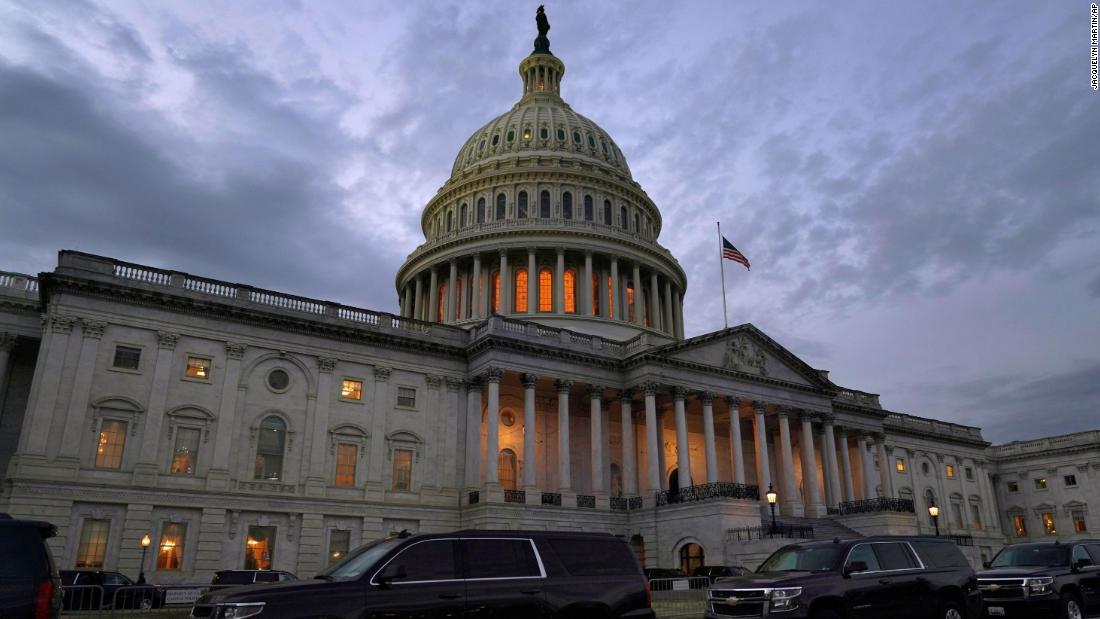Even more problematic? Congressional leaders have not sought or welcomed an open national deliberation about best uses of the stimulus funds.
There should have been an effort through online congressional hearings to gauge the public’s priorities regarding different kinds of outlays: help for the hungry and unemployed, support for health workers, additional funding for testing and tracing systems, financial backstopping for small businesses, and assistance to state and local governments which need to pay to keep teachers, firemen and policemen on the front lines.
In fact, the public has never been formally informed about options and tradeoffs, and their sentiments have not been asked. The American people never heard the testimony of mayors, teachers, health professionals and other first responders, nor did we, as citizens, have the opportunity to engage with specific budget options as might have been canvassed through opinion surveys.
The same was true in March, when congressional leaders in the US Senate suddenly unveiled the terms of the first stimulus bill. An even vaster sum,
around $1.7 trillion, or roughly 8.3% of GDP, was allotted without so much as a single congressional hearing or an opportunity for the public to deliberate. The combination of the stimulus spending and decline in tax revenues will push federal debt held by the public
above 100% of GDP by 2021, the highest indebtedness since the end of World War II.
One might think that the rush to spending without the time to think was due to the unprecedented Covid-19 emergency, but in both March and now, Congress could surely have held hearings preceding both bills. There have been months of discussion about the second round of spending, in particular, but there has been no serious explanation to the public about the budgetary options and no readiness to engage through hearings with key stakeholders.
Yes, politicians voiced their opinions, but they didn’t listen to the public’s opinions in any systematic manner. That’s what congressional hearings, at the very least, could have allowed for.
No doubt Trump’s chaotic eruptions throughout the year have added greatly to the difficulties of a rational deliberation. Even this week, desperate aides were working feverishly to stop Trump
from disrupting the current negotiations. But the crisis of fiscal policymaking runs deeper than Trump’s presidency.
After all, this isn’t the first time the public has been kept in the dark on major budgetary actions voted on by Congress. When Barack Obama became President in early 2009, in the midst of the ongoing financial crisis, congressional House Democrats quickly fashioned a stimulus bill of
close to $800 billion behind closed doors, without inviting input from the Republicans and without congressional hearings. The stimulus eventually passed both houses of Congress, along party lines.
When the federal government came close to shutting down at the end of 2012 as the government hit debt limits, negotiations between the White House and congressional leaders were again
made behind closed doors, with the future of the US tax system at stake. The backroom negotiations made permanent most of George W. Bush’s “temporary tax cuts” that had been voted on a decade earlier, without adequate public debate or deliberations. The results of the cliffhanger negotiations were eventually announced to the expectant public, who were treated as bystanders rather than as citizens worthy of being engaged in the process.
In 2017, in Trump’s first year of office, the tax system was massively overhauled in a Republican tax package that was voted on abruptly, and then signed into law, without the benefit of public hearings, expert opinions or informed public deliberations. As CNN
reported, “The Senate voted on a tax bill that pretty much nobody has read,” noting that the bill “was still being written, at times in cursive, on the night of the vote.” In that case it was no wonder. Public opinion ran
strongly against the gist of the Republican tax cuts, so the only way that the Republicans could enact it was to vote on it before allowing time for the nationwide opposition to get organized.
The upshot is that we are squandering the benefits of deliberative democracy: assessing budgetary options, comparing them, debating the tradeoffs and then choosing among the options in an informed and rational manner. The two parties don’t even try anymore to forge a public consensus on what we need to spend on and what we should tax. Neither party seemingly assesses long-term spending needs, nor proposes a tax structure to align with those needs.
With so much wealth
flowing to the richest Americans this year, we haven’t yet called on them to help pay more of the bills. Instead, we are coasting by with massive borrowing. Interest rates are very low, and so it is easy to borrow and to service the debt. Yet such lucky conditions for massive federal borrowing could flip in future years.
So, while I wholeheartedly subscribe to the new Covid-19 relief package, I object to the way we arrived at it and the way we are paying for it. I would feel better for today’s young people, who will be servicing the public debt in the future, if we resolve to budget in a more serious and deliberative way in the future, including higher taxes on wealthy Americans as part of the deal.
![]()


